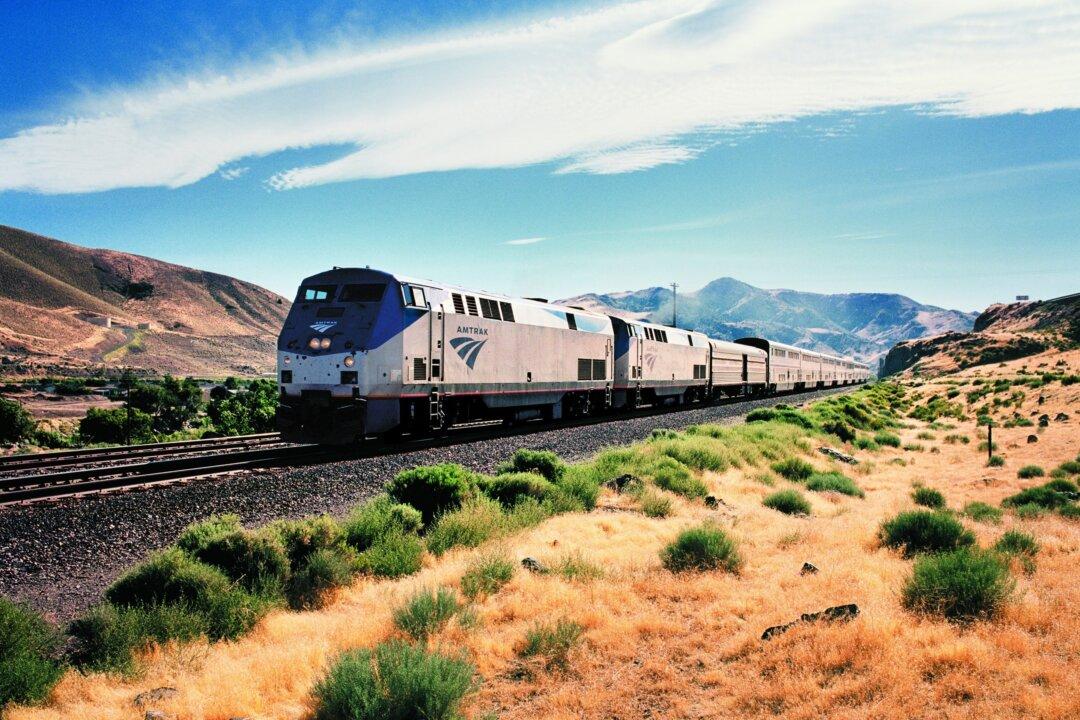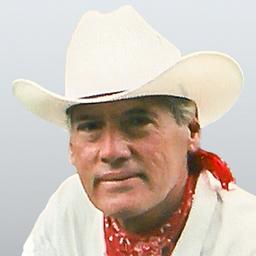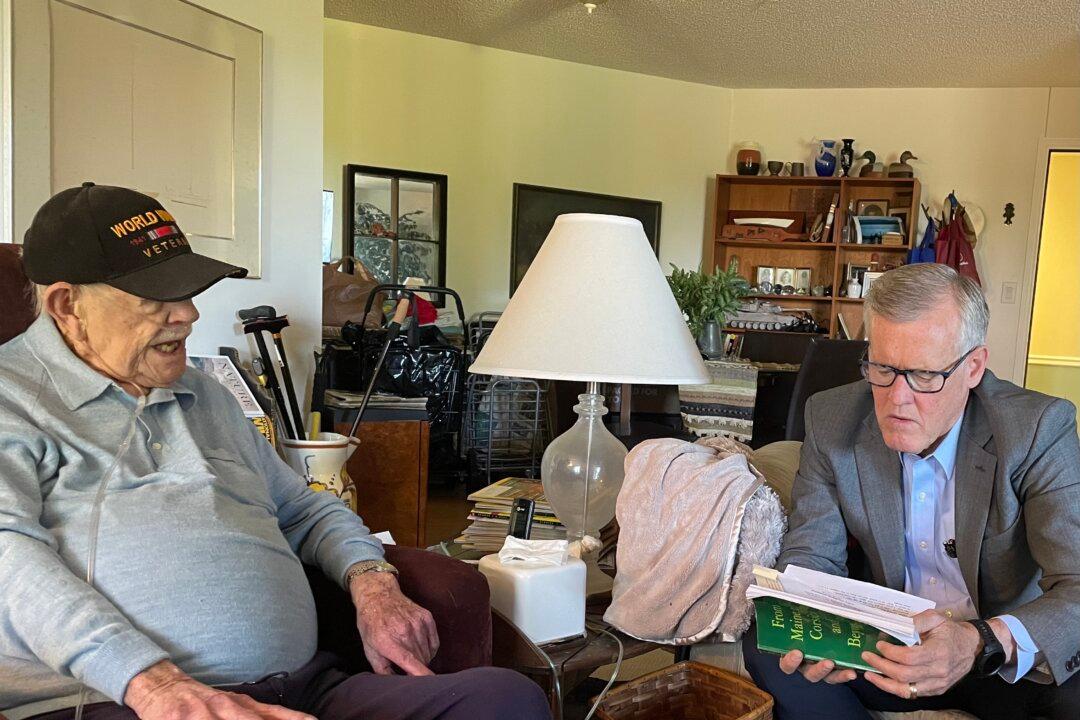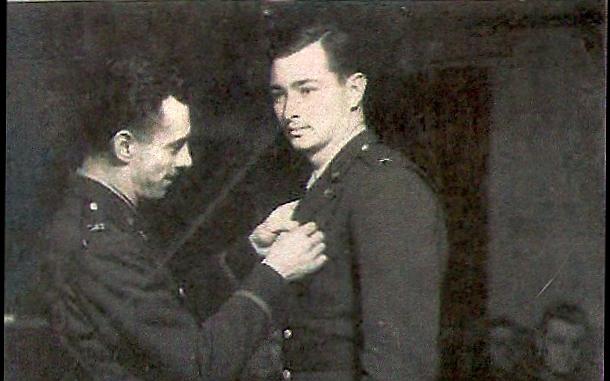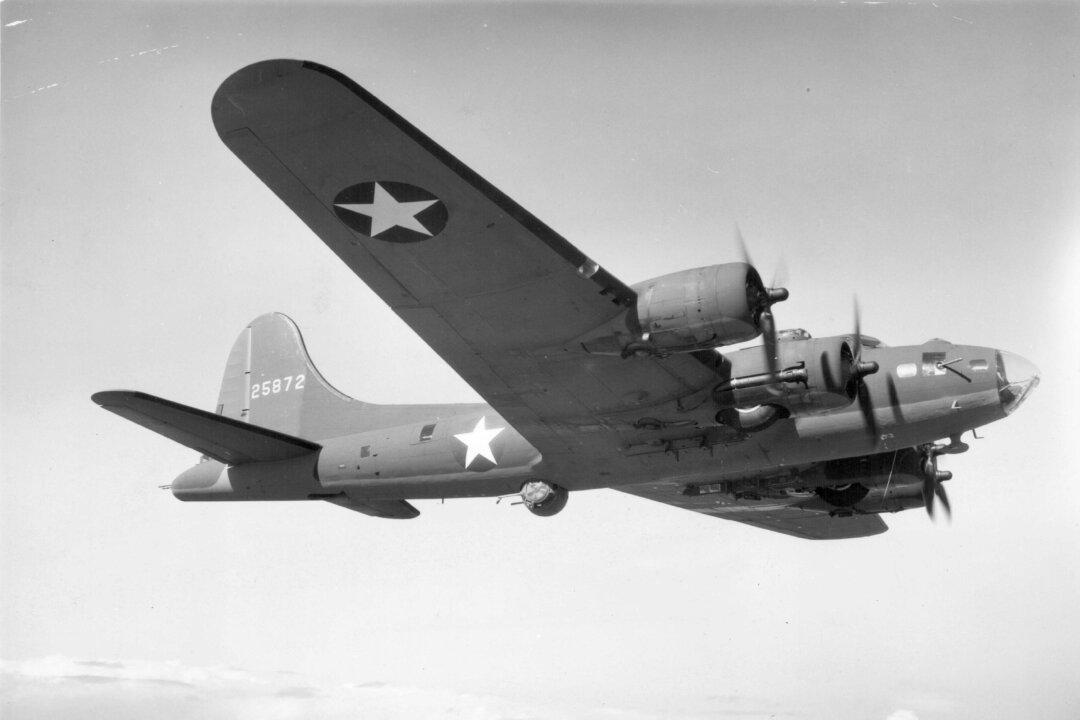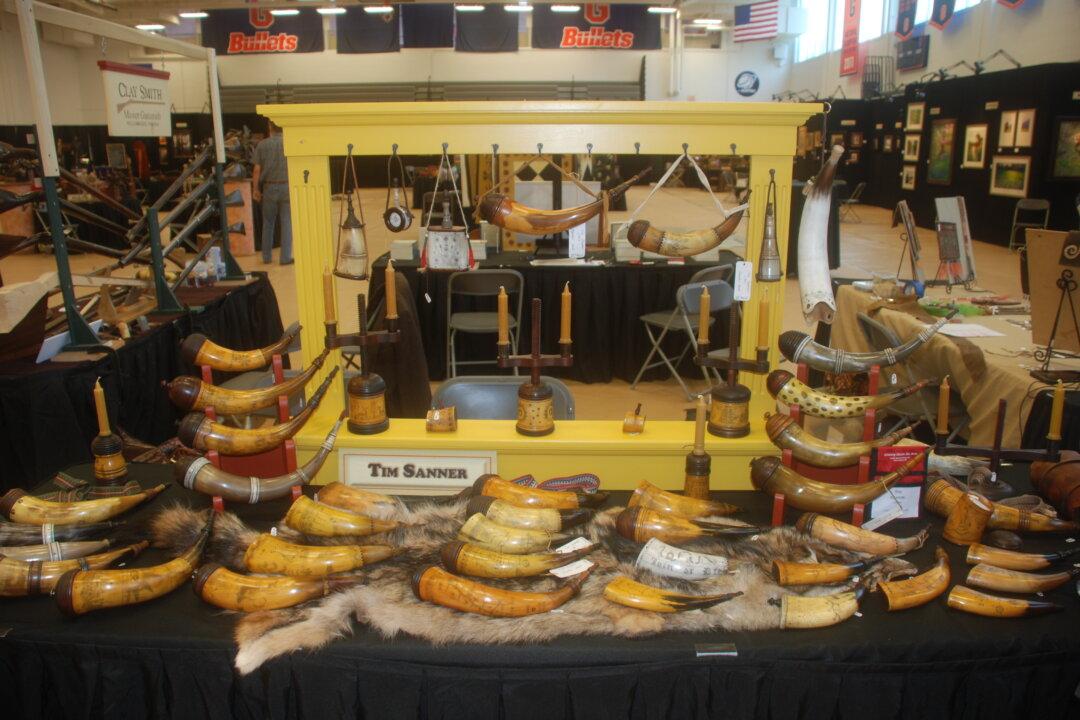A classical mystery writer could easily plot a story aboard Amtrak’s Auto Train. It is elegance in motion, an inn gliding across the country. It has a decidedly American personality.
In the ‘70s gasoline was cheap, and Americans had love affairs with their cars. A flock of cars traveled from the frigid north to Florida’s sunny shores in the annual migration of snowbirds. But as aging took its toll on the snowbirds, the drive lost its allure.
A steady, comfortable trip by train became an attractive alternative. But the problem was not being able to bring a car for the lengthy sojourn in Florida.
It is what first class airline travel was many years ago, without the hassle of today's airline terminals.

